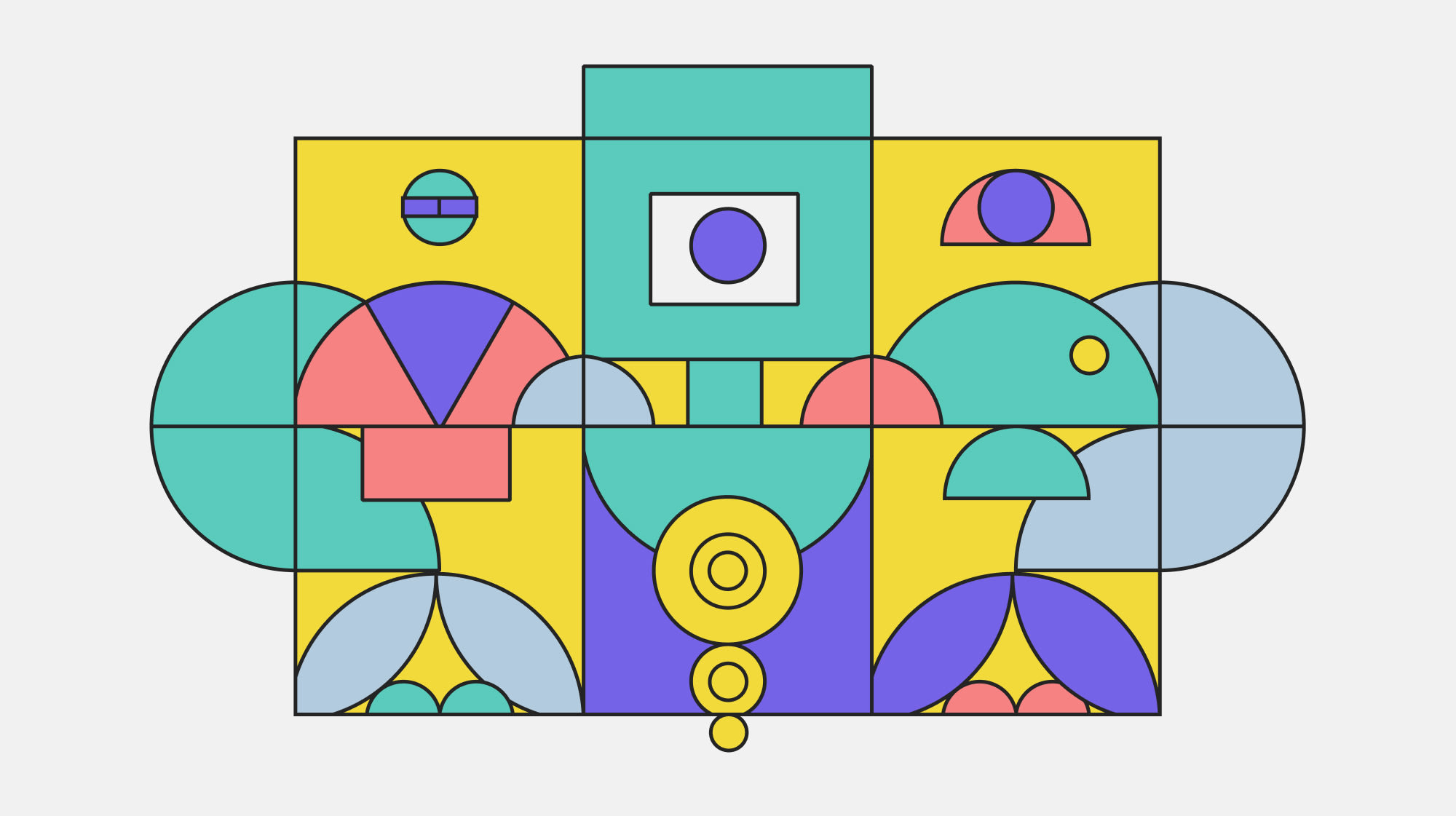Usability testing on a budget: How to obtain valuable data without spending a fortune?
Usability testing results in better quality digital products. And these days, your digital products play a major role in achieving business and marketing goals, not to mention the overall perception of your brand. But budgets are often tight. Fortunately, effective usability testing does not have to be expensive. Read on for budget-friendly tips and strategies to ensure your digital products offer the user experience you’re aiming for.

Table of contents
Usability testing is…
The idea of usability testing during product development is to evaluate the user experience. Put simply, is your product as intuitive and easy to use as you intended? The main purpose of usability testing is to ensure the end user perspective and input is included in the development process. A typical usability test will ask user representatives to complete a task using the product, resulting in useful data for designers and developers. Good usability testing will identify UX issues, usage bottlenecks, and areas of improvement – all of which are fed back into the next product iteration.
Briefly, there are three broad usability testing dichotomies:
- Quantitative or qualitative – Quantitative data is measured (figures, statistics, etc.) such as numbers of errors or satisfaction ratings gathered via a questionnaire. Qualitative data is more subjective, such as observations made during tests or feedback gathered during interviews.
- Moderated or unmoderated – A moderated usability test is supervised or facilitated; someone is there to guide the user, answer questions, etc. On the other hand, an unmoderated test does not include direct guidance from the research or development team.
- Remote or in-person – This difference is about the location of the test participant(s); are they in the same location as the person running the test or not? (Nota bene: remote tests can still be moderated, thanks to remote communication technologies).
Apart from the different types (and quality) of data gathered by these different types of tests, these factors will also influence your testing budget. For example, unmoderated, remote tests are likely to be less budget-heavy than moderated, in-person options, but that is not all when it comes to usability testing on a budget.
Usability testing can be carried out at almost any stage of the product development process. Testing might focus on a full product, ready for release, or a simple wireframe or non-digital prototype. Usability testing may (and arguably, should) continue after release as part of a maintenance program, ensuring the product and its features continue to meet customer needs.
The business benefits of usability testing
It has been stated many times in other contexts, but it’s important to note that designers and developers involved in the product development process are not representative of typical users, as they interact with the product in different ways. In other words, if you want your digital product to meet user needs, you need to seek out user input and feedback. As a result, you can expect to realize some or all of the following benefits:
- Reduced development costs – Obviously, if budgets are tight, then keeping overall development costs down is a plus. Usability tests are key to avoiding developmental dead ends and avoiding implementing features that aren’t used. Such testing can also highlight product issues pre-release, avoiding the need for costly fixes later.
- User-centered products – Usability testing ensures products have features, functionality, and an overall UX that appeals to your target market, increasing user adoption.
- Improved accessibility – By engaging with users during the development process, you can create products that are usable by as many people, in as many varied circumstances, in your target market as possible.
- Increased customer satisfaction – Involving user representations in the shaping of your product will lead to better customer experiences, boosting your brand reputation and reducing customer churn.
For new products, usability testing reveals issues at a stage when they are easier and cheaper to fix. For updating or reworking established products, usability testing not only leads to a refined product with a better market fit but also provides valuable data on how your customers are interacting with your product and brand.
Usability testing cost factors
The cost of usability testing depends on a number of factors, including:
- Type of testing – As mentioned above, in-person tests tend to be more expensive to run than remote tests; likewise moderated tests generally require a bigger budget than unmoderated tests.
- Participant costs – Depending on how it is done, the cost of finding or recruiting test participants can vary; similarly, compensation for participants may be required; for their time or travel costs.
- Rental costs – For in-person testing, you may need to hire a venue or accommodation. There may also be technology hire costs; for recording equipment, communication links, etc.
- Time – This can be the biggest cost, both for planning and developing the test scenarios and for running the tests themselves; even if you handle everything in-house, there is still the time of your own employees to factor in. Key factors here are the size of the testing team, the type of testing, and the number of days the tests will be run.
Usability testing on a budget – strategies, options, and tips
The core of usability testing is the gathering of data on how well people are able to use your current product design. Within this basic remit are multiple options of varying cost and effectiveness. Here are some ideas on how to conduct more affordable usability testing.
Guerilla testing
Guerilla testing, similar to the hallway testing we often use at Boldare, is typically conducted in public spaces and engages participants who are probable members of the target audience. This approach significantly reduces the cost of recruiting test participants by leveraging a more spontaneous selection process. At its simplest, guerilla testing involves simply inviting friends, colleagues, and random individuals to try out the product. It’s fast, it’s cheap, and it can be a good method of testing basic assumptions about the product design. However, with this approach it is difficult to dig deep into the user experience and the results may not be convincing if it is your only usability testing method.
Prototyping
If you’re at the stage of testing your product concept or hypothesis for user acceptance or suitability, prototyping can be an effective solution. A prototype has minimal development, with few or no working functionalities or data. In fact, it doesn’t even have to be digital at all – a prototype of a website could be a series of sketches on index cards, one card per webpage.
User testing platforms
There are online services that can help your usability testing program. Platforms such as Trymata (previously TryMyUI) and UserTesting offer opportunities for feedback from real users at reasonable prices. You also don’t have to worry about recruiting test participants – the platform will take care of that.
Tap into your existing customer base
Whether they are all users of the specific product or not, your business may have an established customer database. This offers a ready source of usability test participants who, as existing customers, are hopefully already fans of your brand. In this scenario, usability testing offers the side benefit of being one more way to engage with customers and further their relationship with your brand.
Test early
A final tip: often the cheapest testing is early testing. If you are seeking out user representatives for their input right from the beginning of the development process, you minimize potential wrong turns and streamline your product development.
Usability testing is an investment that saves money
For a user-focused product, usability testing is necessary. Done correctly, it identifies user pain points, UX issues, and obstacles to product adoption. Usability testing results in useful data that can be used to drive more efficient and effective product development, avoiding potentially costly mistakes. What’s more, usability testing can be conducted on a budget and does not have to be expensive. By keeping test hypotheses simple, and focusing on easily measured but essential issues (such as the core product concept, or a single process/feature) even low-cost usability testing can bring you usable data.
Share this article:








